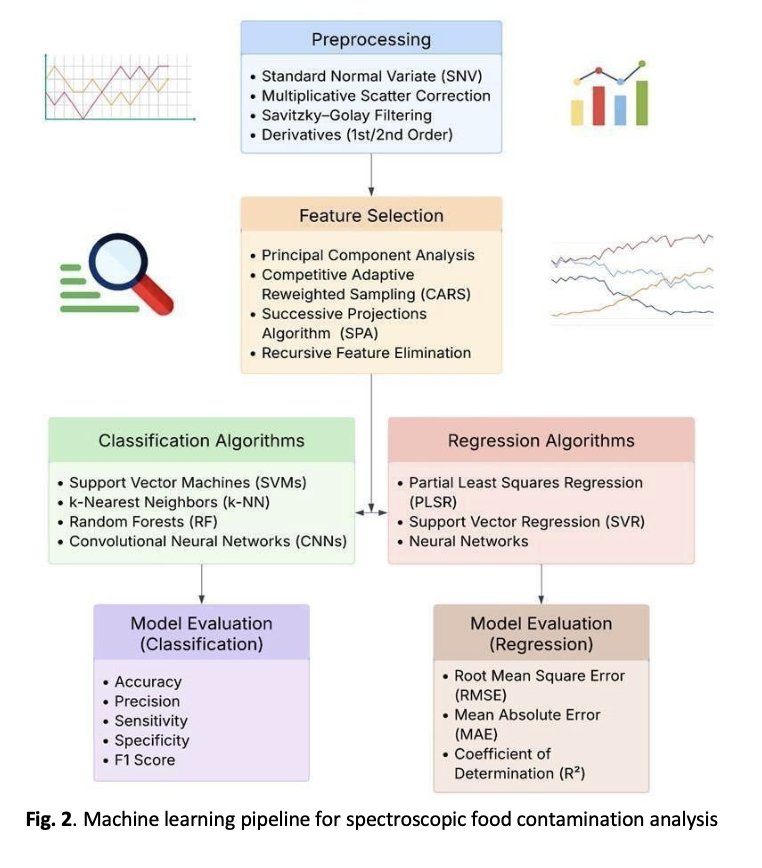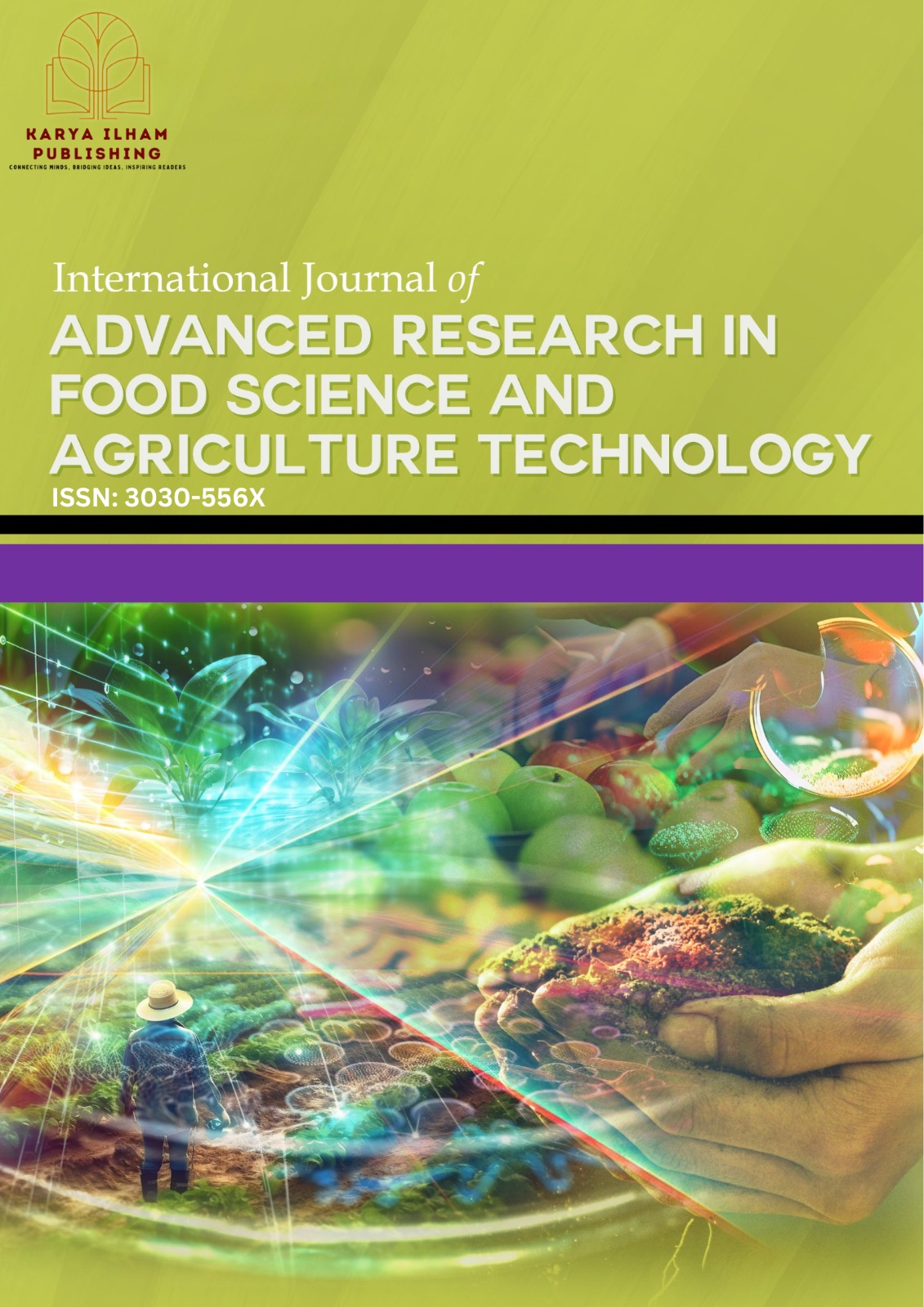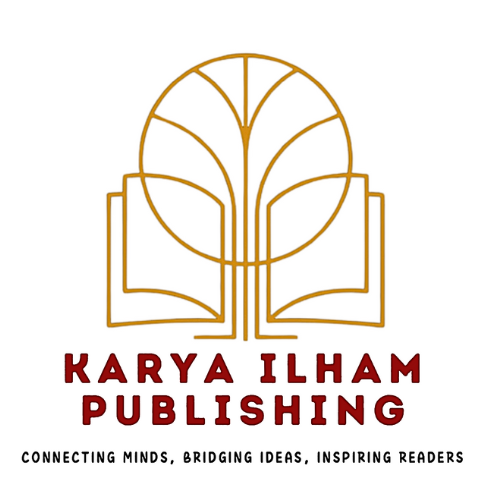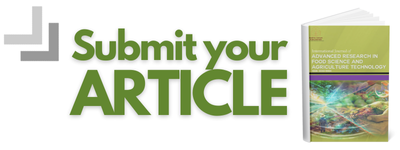Integration of Spectroscopy and Machine Learning for Food Contamination Detection: A Review
Keywords:
Nir spectroscopy, food safety, machine learningAbstract
Ensuring food safety remains a pressing global challenge due to the growing threat of contamination from microbial pathogens, chemical adulterants, and physical impurities. Traditional detection methods, while accurate, are often labor ntensive, costly, and time-consuming limiting their applicability for real-time monitoring. This review aims to explore the integration of spectroscopy and machine learning (ML) as a powerful, non-destructive approach for the rapid detection and quantification of food contaminants. The paper critically examines recent advancements in spectroscopic techniques including Near-Infrared (NIR), Hyperspectral Imaging (HSI), Fourier-Transform Infrared (FTIR), Raman, and Ultraviolet-Visible (UV-Vis) spectroscopy when combined with both conventional machine learning algorithms and modern deep learning models. A comparative analysis of their performance across various food matrices is presented, highlighting their sensitivity, specificity, and operational feasibility. The review also identifies key limitations in current systems, such as data standardization, model interpretability, and hardware portability. Future research directions are discussed with an emphasis on explainable AI, the development of portable sensing platforms, and the establishment of open-access spectral databases to support widespread adoption in food quality monitoring.










